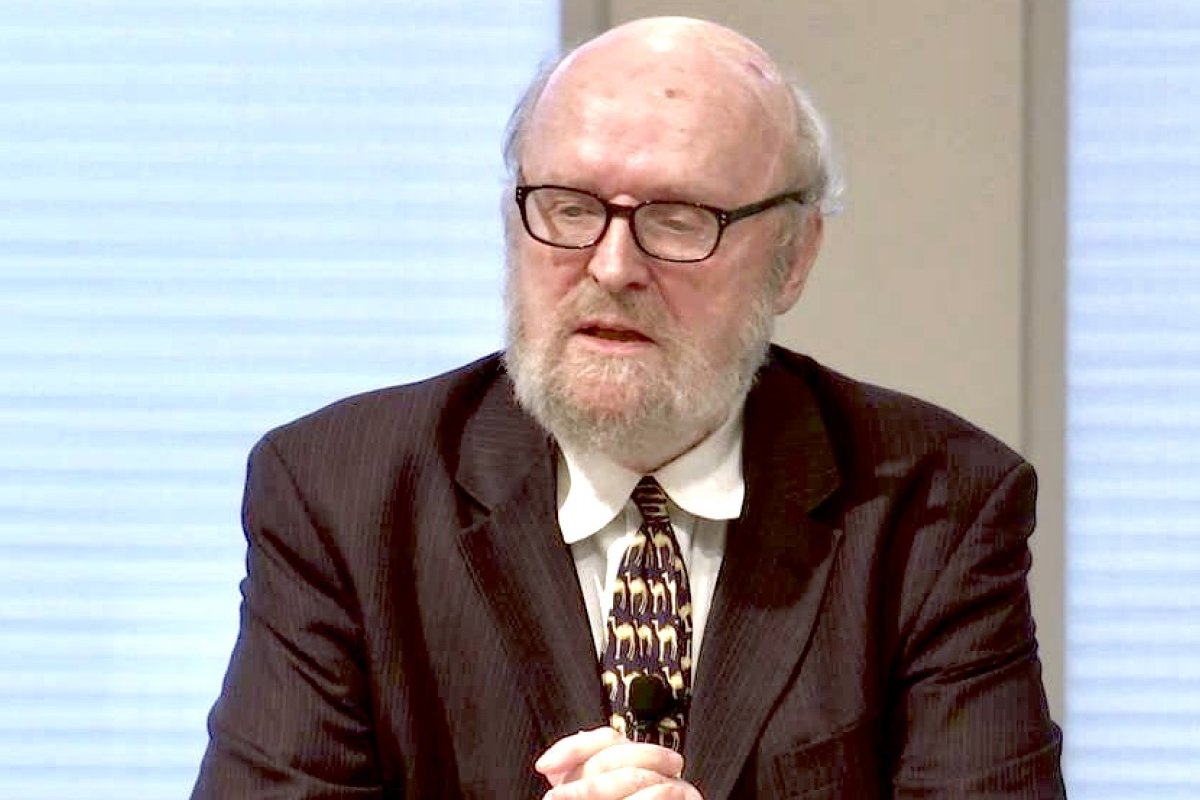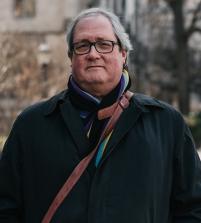
The Achievement of David Tracy
David Tracy's most recent work formulates a future for theology
Readers of theology know that much of its best work today can be categorized as “contextual,” meaning that it explicitly references a theme or location or correlative: examples (illustrative, by no means exhaustive) include “political theology,” or “Asian theology,” or “theology and/of disability.” The variety of this specificity of reference also indexes a shared felt pressure that has obdurate yet conflicting sources. On the one hand, it is clear that what has anchored theology in the past—its basis in a version of the Christian tradition of thought and practice—is no longer tenable. Theologians who do their work contextually have the intellectual humility to recognize this and seek appropriate ways to circumscribe their talk about God. On the other, a significant subset of scholars in other fields, whether associated with the study of religion (philosophers of religion such as Paul Griffiths or Jean-Luc Marion, ethicists such as Jeffrey Stout or Stanley Hauerwas, biblical scholars such as N.T. Wright) or in the humanities and social sciences (literary critics such as Harold Bloom, historians such as Mark Noll or George Marsden, sociologists such as Christian Smith) do not hesitate to offer comparatively general, supra-contextual theological claims.
David Tracy anticipated all of this, indeed has been working with both considerable care and ever-increasing precision to address it. Tracy’s first major statement, Blessed Rage for Order, established an extraordinary compass of reference for the theologian. Taken together its pages and its notes afforded a primer not only in the major theological debates of the moment, but in cognate conversations in philosophy, historiography, and literary criticism. Nothing in the world of meaning-making, Tracy there taught us, is foreign to the theologian. His second major work, The Analogical Imagination, worked from this resolve—impressive for both its capaciousness and its sympathy—toward the claim that a fully engaged theology must cultivate a mutually critical correlation. Tracy’s argument in this book was and remains in broad sympathy with the impulse of his contextualist successors: namely, that it is the case at once that theology can change the world, and that the world can change theology. To engage the world theologically is to make theology worldly. As Diana Ross and the Supremes sang, “it’s a game of give and take.”
Since the publication of The Analogical Imagination, Tracy has been working on a third major work, marshaling the properly broad frame of theological reference and the need for mutually critical correlation toward an articulation of what a person means when she says, “God.” To return to the Supremes, Tracy has recognized that you can’t hurry love, and his readers have had to wait—with varying degrees of patience and grace—for this articulation. This is not, to be clear, for lack of endeavor on Tracy’s part; in the ensuing years he has published dozens of essays toward this program. Those essays will appear in two volumes from The University of Chicago Press in the coming months; an appetizer of their contents and implications is superbly available in an interview conducted with Tracy by Ken Woodward for Commonweal magazine. Some highlights of what it means to say “God” in the twenty-first century:
- To say God is to say something that is at once a fragment, and a signal of the infinite. The two qualities of theological talk imply one another. No one can ever, Tracy notes, “do” a tradition in its entirety; selection is necessary. The concomitant imperative is that any such selection must index the wider traditions of which it is a part. The fragment it highlights must index the infinity to which it testifies.
- This theological exercise, crucially, is equally true of all thought. Theology is thus not some form of arbitrary special pleading, but the self-conscious engagement of a tradition encompassing thought and practice. (This shared quality makes dialogue not just necessary but mandatory.)
- With this mandate comes the recognition that one can speak to the infinity from the particular. It is very much not incidental to Tracy’s account of words about God that such words reflect a selection, and in their acknowledgement (and defense) of that selection, reflect an aversion to “totalizing” discourse, whether it is religious or political or social, or—often the case—a combination of two or more of these.
- Theology done in this way permits recognition of the inevitable occasions of paradox in the thought of others. Thus, for example, for Tracy, T.S. Eliot is at once without peer as the poet who articulates the inherently fragmented nature of our language; Eliot is also, as a critic, an incipient totalizer whose cultural commentary belies his poetic practice. In a similar vein, Alasdair MacIntyre valorizes Thomistic thought but acknowledges that he works selectively with those aspects of Thomism that strike him as relevant for the circumstances of the moment.
- In terms of religious pluralism and the nostrum of ecumenism, Tracy offers an admonition: “I don’t see a difficulty in affirming the other religions. But I do see a difficulty in just saying, as I think many now do, `Well, they’re all the same. It’s all just different ways up the same mountain.’ That’s much too easy.”
- Tracy seems keen to respond to a mistaken appropriation of his earlier work: Catholicism properly understood is not the, but an analogical imagination, with powerful counterparts in Karl Barth and much of the Anglican theological tradition.
- Last, but very much not least, following from the sensibility of the previous point: future generations who take up the task of Christian theology must do so with reference to more than one of the great Christian traditions.
David Tracy’s achievement is to formulate a future for theology; he has, in a sense, come full circle, articulating the methodological touchstones for theology as did his own mentor, Bernard Lonergan, some sixty years ago. (Tracy outlined those touchstones in his first book, The Achievement of Bernard Lonergan.) Tracy learned much from Lonergan, not least the need to reckon with how learning from one’s teacher requires one to move beyond in response to later developments. Tracy has done precisely that, offering us dual criteria for theology in our moment: the acknowledgment of its fragmentary nature, and the needfulness, coming precisely from that acknowledgment, to ensure that the fragment speaks to the Infinite that is God. It is thus a proposal for theology as at once contextual, capacious, and, in a hopeful sense, chastened: heedful of its limits, understood as both parameter and possibility. Tracy’s words about God and tradition limn the possibility that, undertaken with the right combination of vigor and humility, theologians can in fact use words about God both to interpret the world and, in doing so, to change it. ♦
Sightings is edited by Joel Brown, a PhD Candidate in Religions in the Americas at the Divinity School. Sign up here to receive Sightings via email. You can also follow us on Facebook and Twitter. The views and opinions expressed in this article are those of the author and do not necessarily reflect the position of the Marty Center or its editor.


